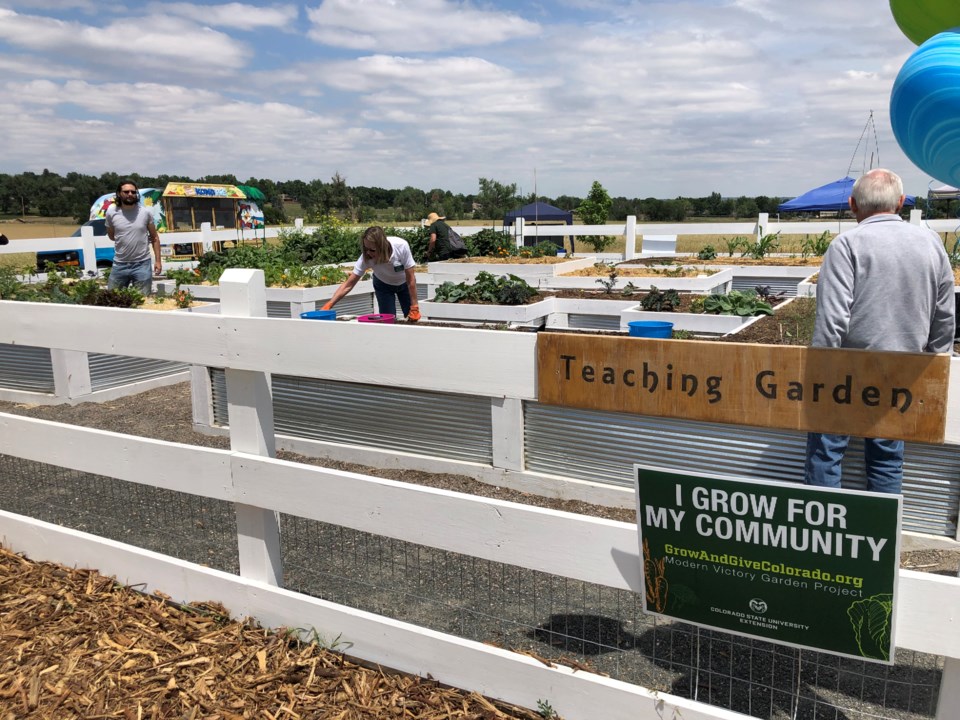Fall is approaching which means backyard gardeners are busy pulling in their harvest. In some cases that means an abundance of food for one household. The Grow & Give program can help share the wealth.
Home gardening interest grew at the beginning of the pandemic. According to a survey by nationwide supplier Bonnie Plants, more than 20 million Americans took up gardening for the first time in 2020.
In response, the statewide Give & Grow program was launched in 2020 by the Colorado State University Extension to address food insecurity issues, according to County Extension Director and Horticulture Agent Sarah Schweig.
The following year the program facilitated distribution of over 55,000 pounds of produce, with an additional 7,900 pounds distributed so far in 2022.
“The ‘give’ side has built up since 2020,” Schweig said.
The program supplied backyard farmers with the necessary resources to have thriving crops.
“We did targeted how-to videos,” she said. “Towards the end of 2020 we created a Colorado vegetable guide.”
Other resources included on the website offer insights on controlling weeds, diseases and pests.
Organizers of the Modern Victory Garden Project recommend participants grow produce that is easy to keep fresh for distribution, including: melons, tree fruit, squash, cucumbers, tomatoes, corn, eggplant, green beans, carrots, onions and peppers.
Once the produce ripened it had to have a place to go. Horticulturists were then encourad to give to a variety of donation sites listed on the Give & Grow website.
According to the website, in 2021, 56% of donations were sent to senior centers and 31% were passed out directly to individuals. Squash, corn and tomatoes were the top three items distributed through the program.
To track where the production is going, Give and Grow program organizers ask people to register their gardens, Schweig said. This allows the CSU Extention program to know how much produce is given and what organizations are receiving donations.
“We track real time donations online,” Schweig said.
Program members register by county and are not required to list an address.



